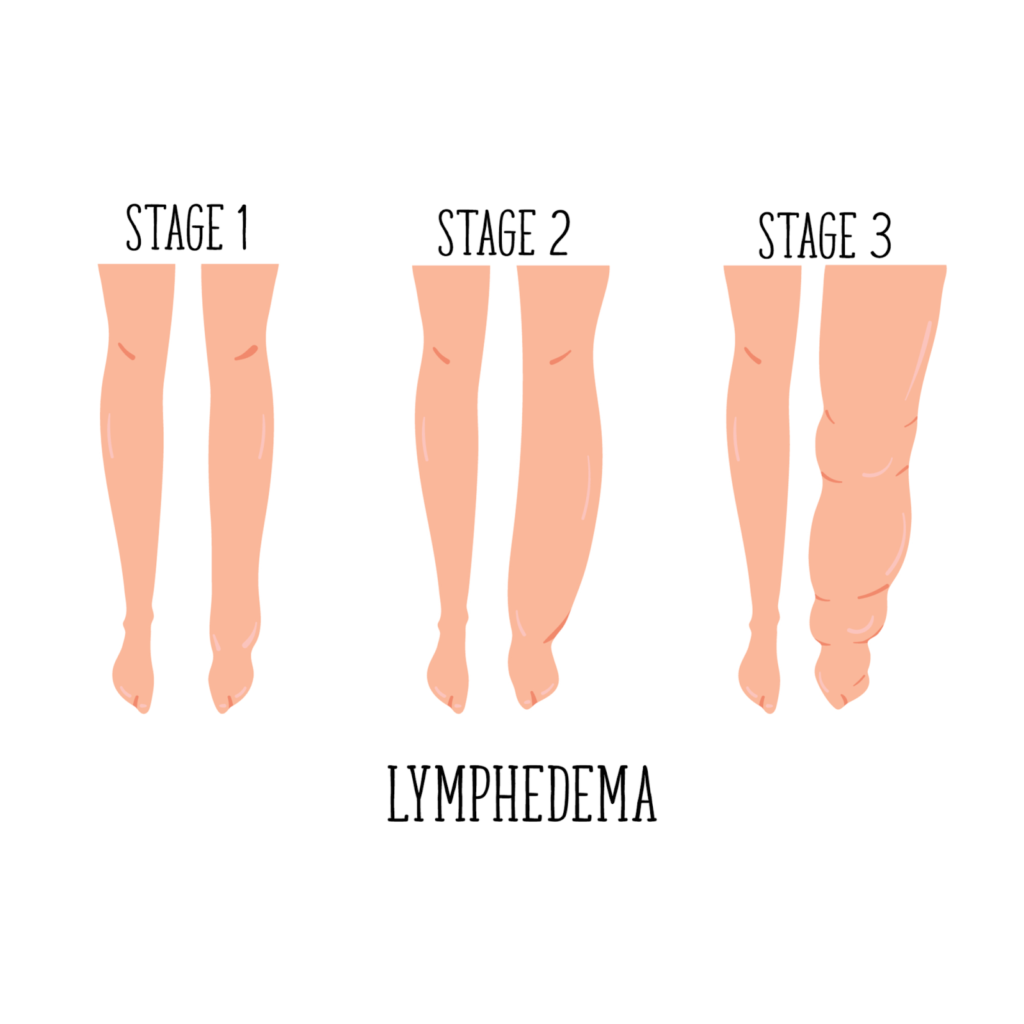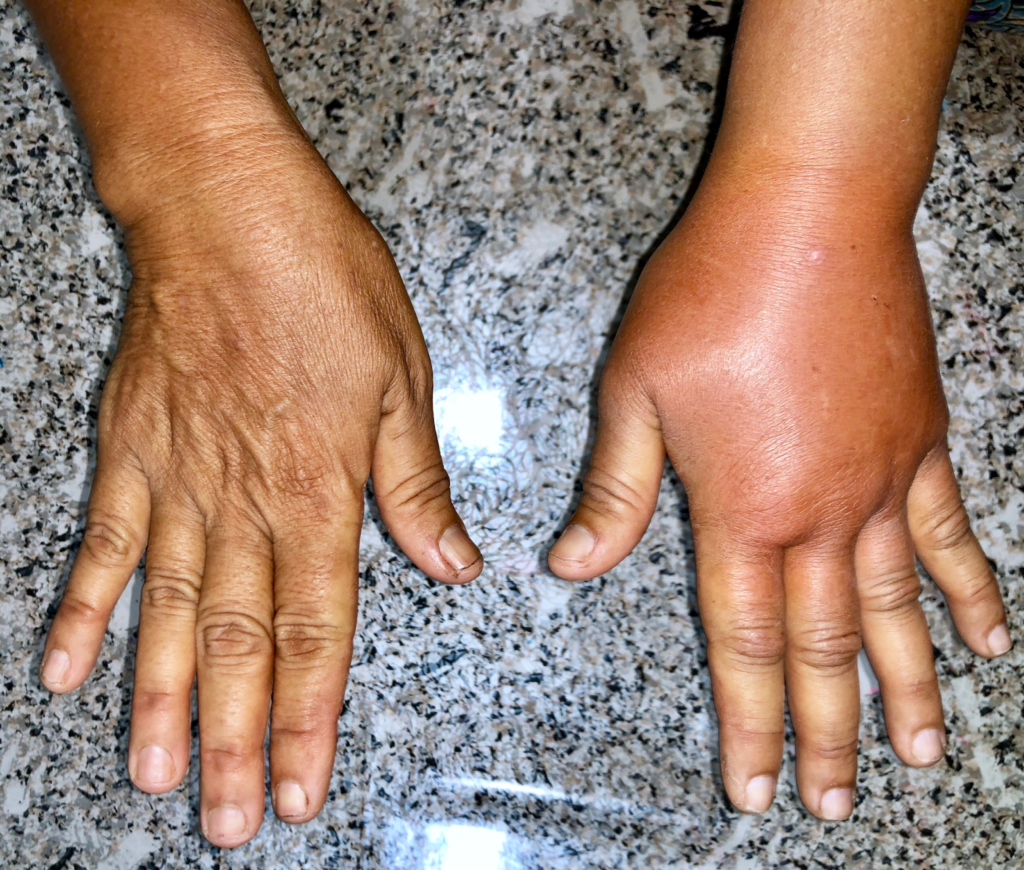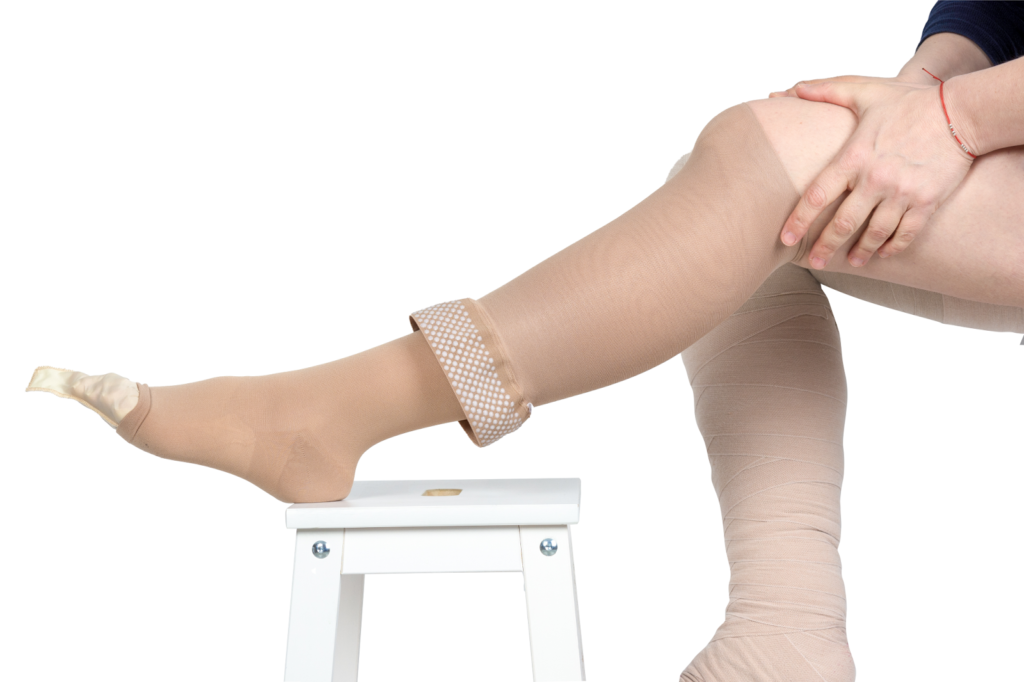March is Lymphedema Awareness month, a time to put on your light blue ribbon and find creative ways to participate in educating the world on lymphatic diseases. The highlight of the month, World Lymphedema Day, falls on March 6th this year. The Lymphatic Network hosts a wide range of events all around the world for the community to participate in, both digitally and in person. Sign up for events and presentations on their home page, or use their guide to getting involved and participating on World Lymphedema Day. All month long, the clinical, patient, and advocacy communities, as well as the private sector, join forces to increase awareness of this chronic condition.
World Lymphedema Day was established by the United States Senate in 2016 in response to a Senate bill written by the Lymphatic Education & Research network. Advocates celebrate annually each March, with the primary focus on educating the world on all lymphatic diseases: primary and secondary lymphedema (LE), lipedema (LI), lymphatic filariasis (LF), lymphatic malformations (LM), and the full lymphatic continuum (LC) of diseases impacted by the lymphatic system.


Understanding Lymphedema
Lymphedema is a condition that occurs when lymphatic fluid, a transparent liquid composed of fat, water, salts, and proteins, begins to pool and accumulate in the arms and the legs. The initial and most predominant symptom indicating the presence of Lymphedema is significant swelling of these extremities. Medical experts point to damaged lymph vessels as the cause behind fluid retention leading to Lymphedema. When lymphatic fluid isn’t able to properly circulate through the human bloodstream via lymph nodes and vessels, retention quickly occurs. Other potential causes for fluid retention are linked to infections, genetics or underlying medical conditions especially cancer and its treatment. Keep reading to learn more about the treatment of Lymphedema in St Louis.


Significant Symptoms Associated with Lymphedema
Individuals suffering from Lymphedema often report experiencing swelling of the limbs which tends to be more significant on one side of the body as compared to the other. Additionally, those struggling with Lymphedema may experience fatigue, heaviness, tightness, or lack of flexibility affecting the limbs that are swollen. Inflammation and redness of the arms and legs are common symptoms associated with Lymphedema.
Types of Lymphedema
It is widely understood and accepted that Lymphedema can be an inherited medical condition and as a result, is recognized under three distinct categories. Congenital Lymphedema refers to symptoms that develop in early childhood. Lymphedema Praecox refers to symptom development that occurs during adolescence, while Lymphedema Tarda refers to symptoms that show up in patients later in life. Lymphedema quite commonly develops in patients as a result of a traumatic injury damaging lymphatics. This type of trauma is generally linked to the removal of lymph nodes during surgical procedures related to cancer treatment or radiation. Infection is a second factor closely linked to the development of Lymphedema.
Reasons for Seeking Treatment
Lymphedema is a progressive condition that can quickly transform into a more serious medical issue. The risks of leaving Lymphedema untreated can include a heightened vulnerability to infection leading to lymphangitis and cellulitis. Similarly, Lymphedema can commonly lead to fibrosis or hardening and scarring of the skin and subcutaneous fat cells. This condition has the potential to impede the overall circulation of lymph fluid causing physical movement to become a painful task. These conditions comprehensively increase the pressure put on veins working to move blood through the body towards the heart.
Diagnosis Prior to Treatment
A physical exam will be carried out and the results compared to the patient’s medical history and profile. A venous doppler ultrasound is commonly utilized to assess the potential for venous insufficiency which can also lead to increased swelling of the limbs. To verify the presence of Lymphedema, a physician may choose to perform a Lymphoscintigraphy. This procedure involves the injection of a radioactive solution into the potentially affected area of the body to decisively map the path of lymphatic fluids in a targeted region. The option for the physician to perform a Lymphangiography involves the replacement of the radioactive solution with a medicinal dye.
Recommended Home Care Strategies
Patients suffering from Lymphedema are at a greater risk of developing infections and there are some simple home care strategies that help diminish the overall risk factor. Those suffering from Lymphedema should always completely dry affected limbs after showering or swimming. Wearing protective shoes and clothing reduces the risk of cuts or injuries while the addition of compression garments is highly recommended in the promotion of healthy blood circulation. Sitting with the legs uncrossed is another simple strategy towards promoting improved lymphatic flow. Maintaining a dedicated exercise routine along with a healthy diet has been shown to help reduce the risk of injury or infection related to Lymphedema.


Seeking Lymphedema Treatment
While there is no permanent cure for Lymphedema, complications, and progression of the disease can be managed effectively with a combination of Lymphedema treatment St Louis options. Compression garments are the primary method recommended for managing Lymphedema. Compression stockings, sleeves, leggings, and gauntlets provide the first line of defense when it comes to promoting healthy blood circulation. Manual lymphatic drainage or massage can aid in the management of Lymphedema as well. This technique works to manually move the lymph out of congested areas. When this type of massage is combined with compression bandages the treatment method may be referred to as Complete Decongestive Therapy.
For patients with more severe cases of Lymphedema, intermittent compression pump lymphedema therapy may prove effective. These compression pumps actively work to move trapped lymphatic fluid through the lymphatic circulatory system.
Learn More During the World Lymphedema Day
Swelling of the arms and legs is generally the first symptom of Lymphedema but can also be linked to underlying venous insufficiency. When this is the case, seeking vein treatment options can significantly improve symptoms associated with Lymphedema. Dr. Wright and his team at the St. Louis Laser Lipo and Vein Center provide comprehensive Lymphedema therapy plans that take a patient’s full medical profile into consideration. When you’re looking for solutions to treat symptoms of Lymphedema of underlying vein disease, make sure to contact us to set up an initial consultation.




